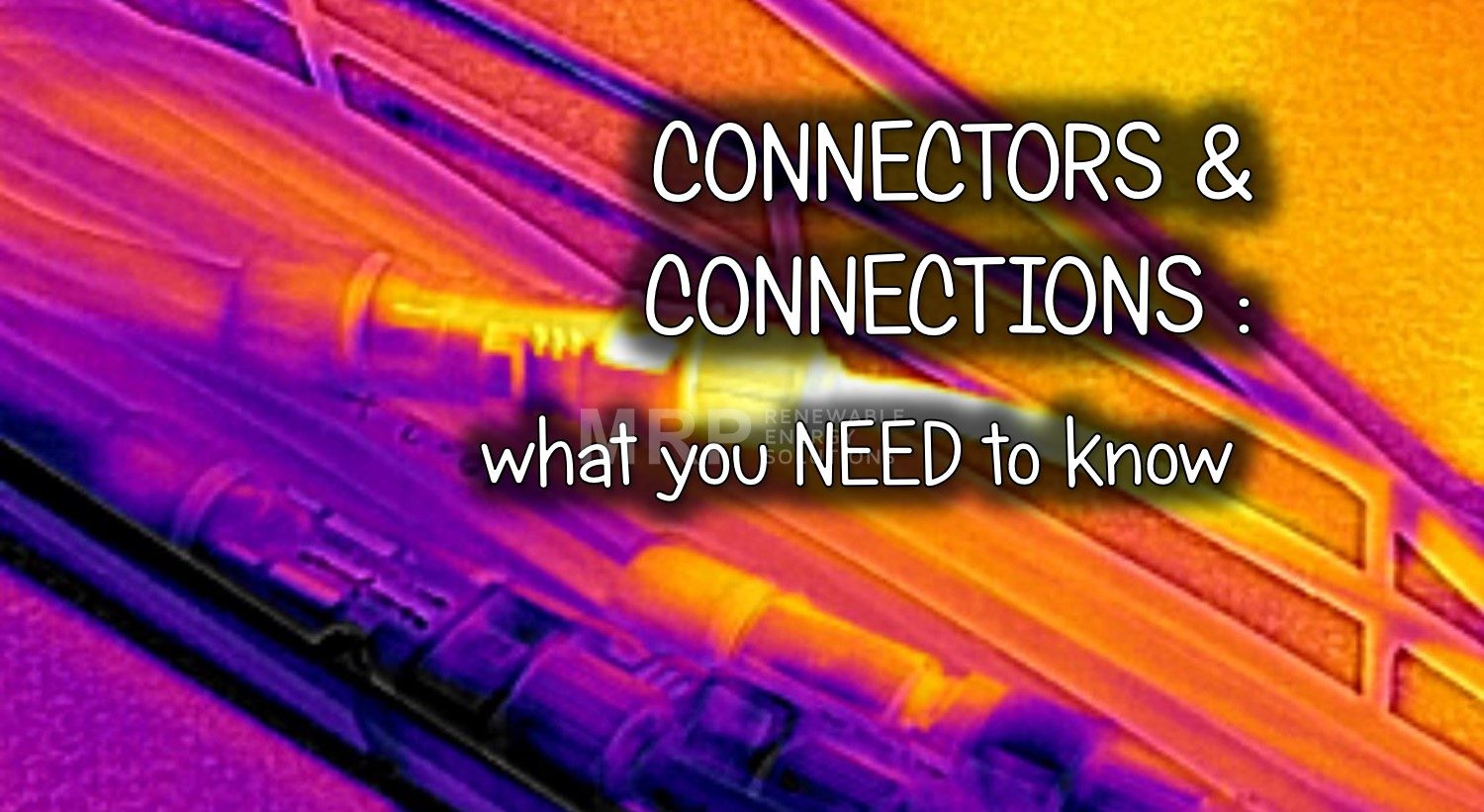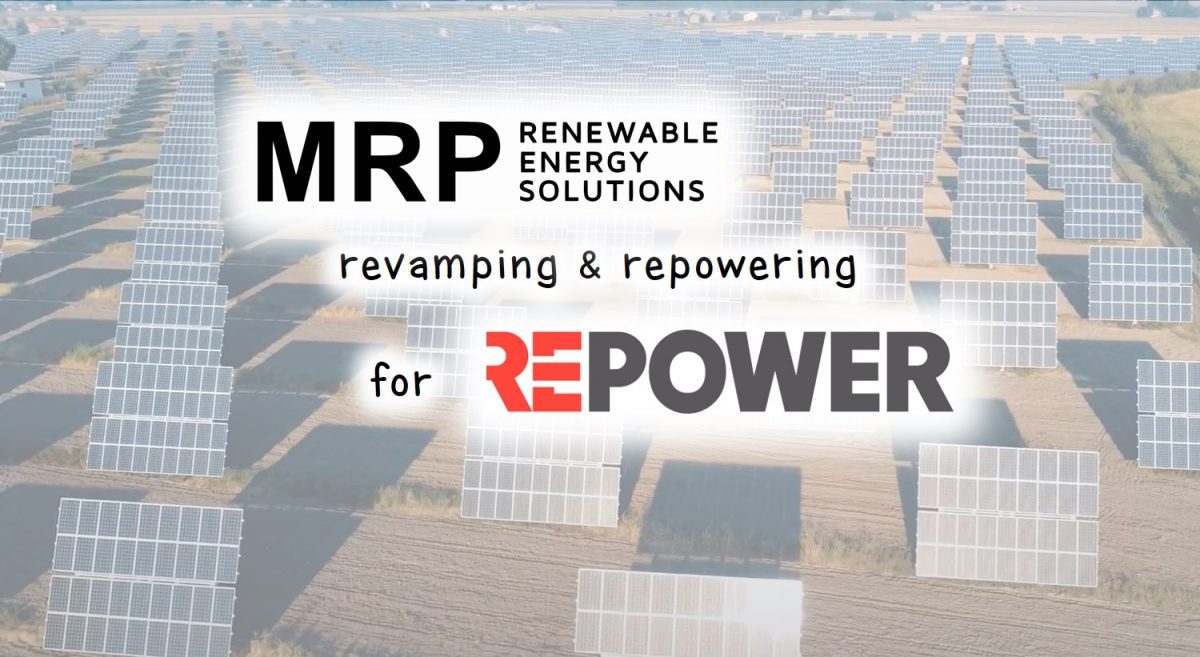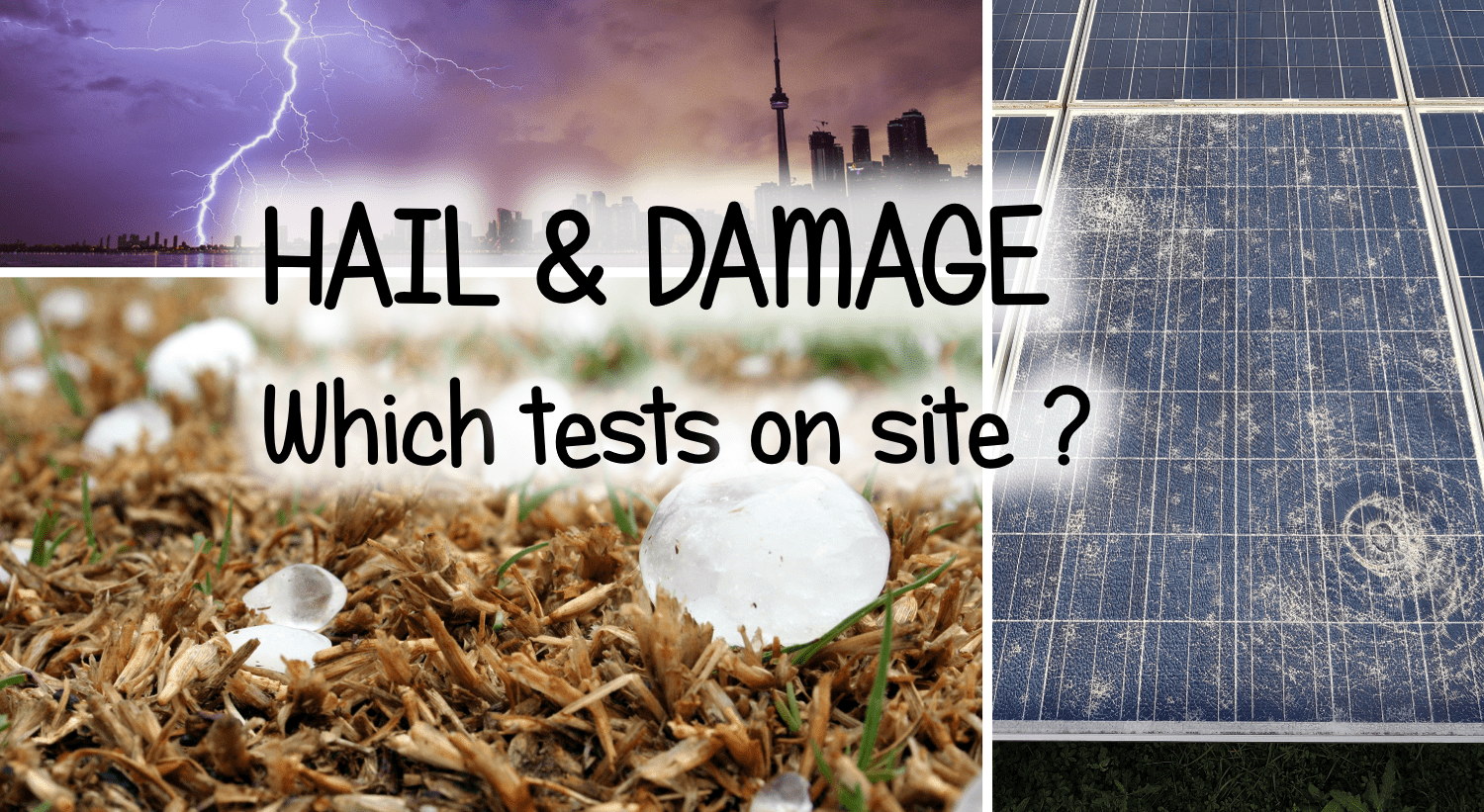Connectors and connections: compatibility and critical points
Like any generation plant, even the photovoltaic ones are made up of a very precise number of main components (modules, string boxes, inverters, structures, measuring and control devices). Naturally, their correct operation also depends on many “secondary” components (such as connectors, wiring, etc.) to which sometimes less importance is given and therefore attention, both in the design choice phase and in the technical checks during the life of the system. .
Today in particular we want to talk about connectors and connections. What are the critical points in the connections? What is meant for compatibility and why should we avoid intermix between connectors? Pay attention, because the consequences can be very serious (as told in our last article on fires in photovoltaic systems).
Remember that in a photovoltaic system:
-
-
- during daytime, voltages of up to 1000 V in direct voltage are generated (or 1500 for new generation systems);
- the circulating currents can exceed 8 A, in conditions of high irradiance;
- the expected useful life of the system is in most cases expected for at least 20 years (see energy accounts);
- for many years the components remain exposed to bad weather, high and low temperatures, rain, snow, sun and UV rays, high or very low humidity.
-
In short, these are not really simple conditions. And this is why the best quality components have achieved extraordinary levels of reliability over the years, only thanks to the continuous search for better materials, technologies and processes, under the guidance of the reliability tests.
If there is no longer any doubt about the importance of choosing high-quality modules, unfortunately we must point out that there is still little knowledge about connectors and connections even among technicians in the sector (installers, maintenance technicians and technical consultants).
As mentioned, the currents involved can be quite high, and for this reason it is essential that there are no weak points in the system wiring.
A PV system is composed of many connection points (series / parallel). In particular, in the series between modules a single connection point with defects is sufficient to cause malfunctions or even interrupt the entire string and cause the loss of insulation of the system.
What are the most critical aspects of connections?
-
-
- Choice of connectors
- Crimping
- Connectors installation
-
 Choice of connectors
Choice of connectors
We’re not talking about brands. The main point is to avoid the intermix between between non-identical connectors. Obviously, this does not mean the choice of the type of connector (MC4, MC3, etc.) but it is important to use the same brand and model in the pair of connectors for both male and female. This is because each manufacturer designs their connectors ensuring their correct operation by using them coupled with the same product, made with the same materials. Below we show you some examples of electrical or mechanical non-compatibility between connectors of different brands.

Crimping
Crimping is a fundamental operation and it is important to underline that it must be performed using suitable clamps, of the type indicated by the connector manufacturer. Only the use of these tools, combined with a careful and precise execution, guarantees the correct mechanical seal and a low electrical resistance between the cable and the connector pin.
Installation of the connectors
Finally, a correct installation, tightening of the cable gland and the complete closure of the pair of connectors will avoid the humidity to enter and adequately isolate the system. The installation of the connectors can take place in the production line (as in the case of the connectors that we find directly applied to the modules), or in the field, and normally this is the case of the connectors that connect the module strings to the string panels.
Generally the connectors that we find applied to the modules comply with a very high quality standard, while for those installed on the end of the string this aspect is in the hands of those who perform the installation, bringing with them the risk of using crimping clamps not specifically designed for a specific type of connector. Furthermore, the working conditions during the installation of the systems may not help to guarantee an optimal result on all the connection points (repetitive operation and with high temperatures, as in the case of a system installed in the middle of summer on a sheet metal building) .
Intermix: why take a risk?
The choice of the connectors to be used in the end of the string can be made by the designer or left to the company that deals with the installation of the system. In both cases it is good to keep in mind that the high number of connections on the system brings with it a risk component for the final success of the project. So better not to take risks. But how?
The thermographic images that we propose have been taken in the field, in a plant affected by overheating of the connectors, due precisely to the use of connectors of different brands (intermix).
The cause? The poor electrical contact inside the connector causes high resistance which, in daytime operation, leads to heat dissipation which can cause deformation of the plastics and loss of insulation.


In the thermal images we see how the hot spots of the cables near the connectors show overheating that exceeds 25 ° C in the first case and 18 ° C in the second. In addition to a malfunction (with consequent energy losses and electrical risks), these anomalies lead to an early degradation of materials, plastics and sheaths, compromising their correct functioning.
It is recommended to use connectors of the same model in order to allow the connection to function properly and reduce the risks connected to it.
But the connector I want to install is compatible with all those of this type (eg MC4)!!
With which connectors was that connector tested? This is to be verified because it is difficult for a manufacturer to have performed specific tests with any other connector on the market.


Electrical non-compatibility
These images instead demonstrate better than any explanation the phenomenon that occurred electrically within this pair of connectors (of different brands).
The marks on the electrical contacts were caused by prolonged suboptimal electrical operation, also causing damage to the plastic parts of the connectors.
Not just string-end connectors
The problems with the connectors are not limited to the series between modules and the end of the string, but also to the inverters or string boxes, as shown in the following images.


In these two cases we observe an overheating of the connectors at the inverter input, with temperature differences that in the first case exceed 60 °C compared to the connector with normal operation! Similar situations pose a severe safety risk to the system.
Rely on specialized firms
Photovoltaic systems have become in a few years an inevitable system in many homes and industrial realities, thanks to the durability and reliability and simplicity of their operation, with low visual impact, silent and with little maintenance required.
However, it is good to remember that these are production systems that generate high voltages and currents, and as such it is essential that they are designed and manufactured in a workmanlike manner and during their life subject them to periodic checks by qualified and experienced professionals. The complexity of the malfunctions that can occur in a photovoltaic system due to degradation phenomena or due to design, installation and conduction errors, does not always make it easy to identify what the FAULTS are and above all their CAUSES. Only with adequate checks and instrumental tests by expert personnel can any root problems be resolved.
In MRP we have been carrying out check-up on photovoltaic systems since 2012 to maintain the proper functioning and standards of reliability and safety of the systems. Added to this is the priceless satisfaction of having trained dozens of technicians throughout Italy (and abroad) on check-up techniques and on the interpretation of the instrumental analyzes necessary for the completion of professional and always effective checks.
Written by Giovanni Guiotto and Mark Rossetto – MRP Srl
March 2020





